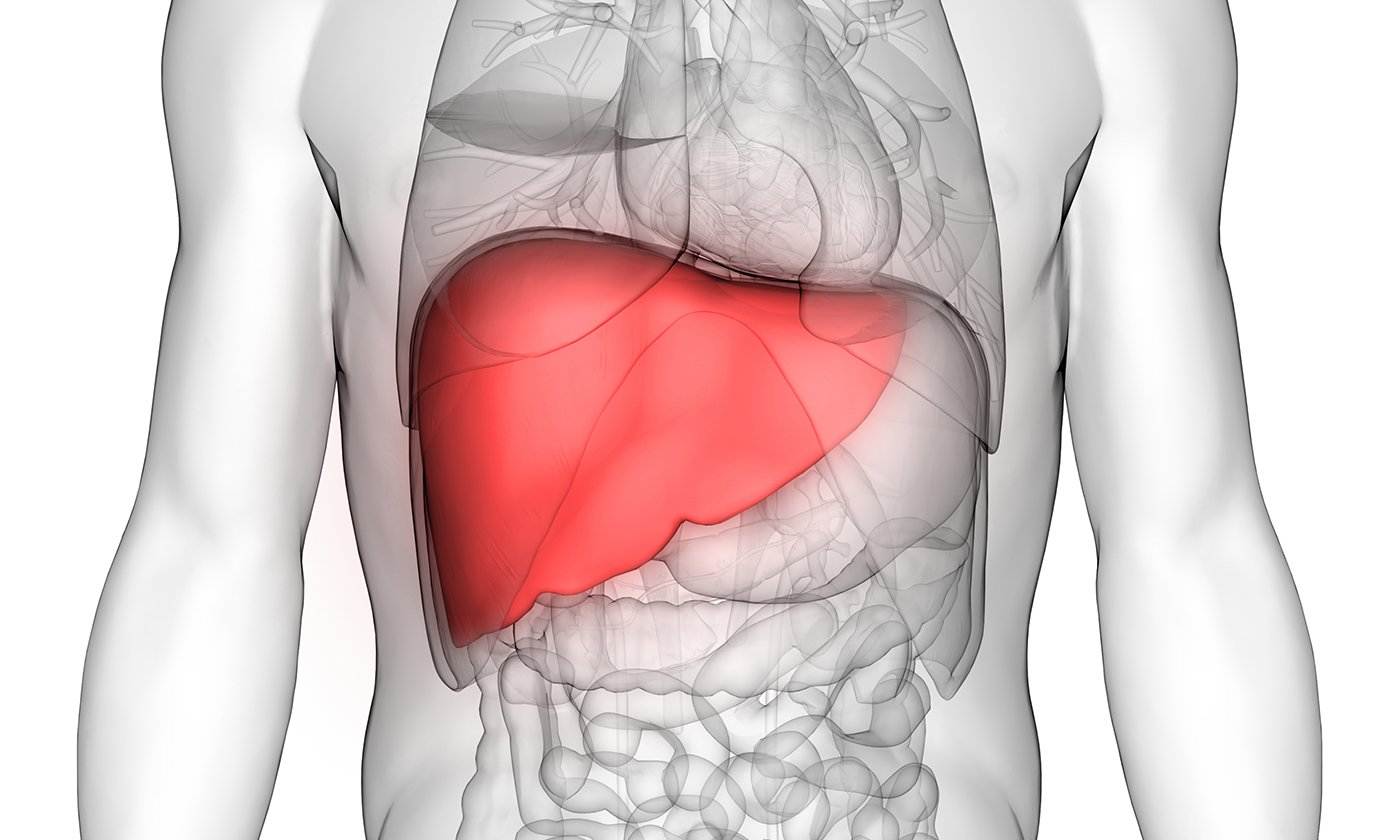The most common way that hepatitis C is transmitted is through sharing needles. Other potential sources of infection include at birth (~6% of infants of infected mothers), sexual intercourse (rare but more common in men who have sex with men), healthcare exposures, blood transfusions and organ transplants (now very uncommon), unregulated tattoos or body piercings, and sharing personal items that have been contact with infected blood (e.g. glucose monitors, razors) (1).
Those who have an increased risk of hepatitis C include:
- HIV-positive individuals
- Current or former injectable drug users
- Individuals on hemodialysis or who have other selected medical conditions
- Recipients of blood or organ donations prior to July 1992
- Recipients of clotting factors before 1987
- Individuals who received blood from a donor who later tested positive for hepatitis C
- Health care personnel who may be exposed to blood from infected individuals
- Children born to hepatitis C-positive mothers
Testing recommendations
The CDC recommends universal hepatitis C screening at least once in a lifetime for all adults and for all pregnant women during each pregnancy, except in populations where the prevalence of hepatitis C is less than 0.1%. Testing should occur in HIV-positive individuals, anyone who has ever injected drugs, individuals with abnormal liver tests and/or liver disease, and in anyone who received donated blood or organs before July 1992 or clotting factor concentrates before 1987. Anyone who has been potentially exposed to the blood of an infected individual should get tested. Regular testing is recommended for individuals who currently use injectable drugs or are on hemodialysis (2).
Cirrhosis associated with hepatitis C
When an individual is infected with hepatitis C their immune system produces specific antibodies against the hepatitis C virus. The presence of these hepatitis C antibodies is consistent with both current and past infections. Up to 50% of individuals who test positive for antibodies to hepatitis C no longer have an active infection (3), which indicates that they have spontaneously cleared the virus after an acute (short-term) infection.
However, more than half of infected individuals develop a chronic (long-term) infection, which can be due to viral changes that evade the immune response (4). Furthermore, 5-25% of all individuals infected with hepatitis C will develop cirrhosis within 10-20 years post-exposure. This is associated with an increased risk of hepatocellular carcinoma and hepatic decompensation.
These factors increase the risk of cirrhosis associated with hepatitis C:
- Male gender
- Over 50 years of age
- Increased alcohol consumption
- Fatty liver disease
- Hepatitis B or HIV coinfection
- Receiving immunosuppressive therapy
References
(1) Viral Hepatitis – Q&As from the Public. (2020, July). CDC: https://www.cdc.gov/hepatitis/hcv/cfaq.htm
(2) Testing Recommendations for Hepatitis C Virus Infection. (2020, July). CDC: https://www.cdc.gov/hepatitis/hcv/guidelinesc.htm
(3) Seo S, et al. (2020). Prevalence of Spontaneous Clearance of Hepatitis C Virus Infection Doubled From 1998 to 2017. Clin Gastroenterol Hepatol, 18 (2), 511-513.
(4) Thomas DL, & Seeff LB. (2005). Natural history of hepatitis C. Clin Liver Dis, 9 (3), 383-398.
